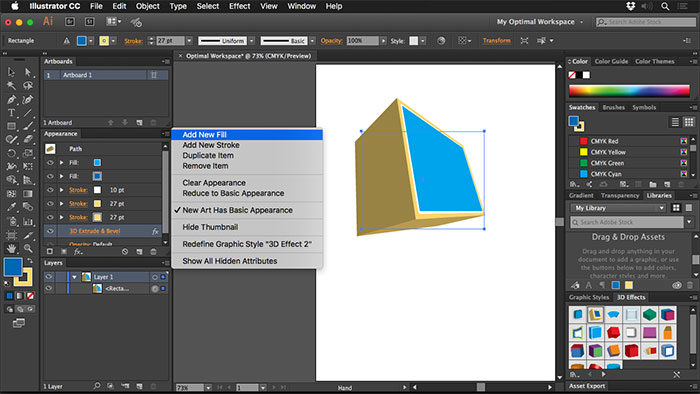
I would also guess, that even with the good selection of built in functionality, that macOS users still spend more money on software than on Windows. It also can make sense to unify the development of both iPad and macOS development (optimized for both UI front-ends) as that is where the market is moving (as seen by Apple working on now moving all platforms with new features in unison where it makes sense). If you want to continue to sell software for Macs, you are going to prioritize porting your applications to be native (which Apple has done an excellent job of making as easy as possible). On top of that with the unification of the development platform - add around 45 million units per year. That is a sufficient market to write applications for. The average number of units sold vary I think between 15 to 20 million (maybe more now) per year…. All apps that will want to continue to run will have to be ported over to Apple silicon.

Rosetta will likely be removed in a few years. If you consider that soon, every single Mac that is going to be sold going forward (except for maybe one more Mac Pro refresh) is going to be M1.

It is more about Mac units that will be running M1. Some Illustrator actions see similar performance improvements.Īdobe says the M1-native versions of Illustrator and InDesign will begin rolling out to customers today and will be available to all customers worldwide soon. Opening a graphics-heavy file in InDesign, for example, is now 185 percent faster, and scroll performance on a text-heavy document of 100 pages improved 78 percent. Some particular actions are even faster, Adobe claims. And with InDesign, users will see a 59 percent improvement in overall performance on Apple Silicon. Adobe claims that Illustrator users will see a 65 percent increase in performance on an M1 Mac, versus the Intel version. And in each case, the firm is citing major performance benefits from the transition. The release of Apple Silicon-native versions of Illustrator and InDesign follow Adobe’s March release of an M1-native version of Photoshop.

“With the launch of Apple’s new line of Macs and Macbooks, running on the Silicon M1 chip, we made it a top priority to optimize all Creative Cloud apps-Illustrator and InDesign included-to run seamlessly in this new environment.” “With so many designers around the world relying on Illustrator and InDesign every day to help them create and express themselves, we know speed and performance are key,” Adobe’s Jasmine Whitaker notes.

Adobe announced today that it has successfully ported Illustrator and InDesign to Apple Silicon for native compatibility with M1-based Macs.


 0 kommentar(er)
0 kommentar(er)
